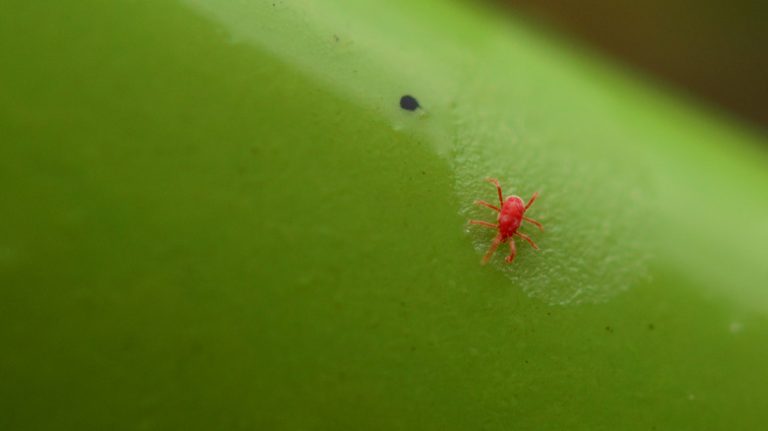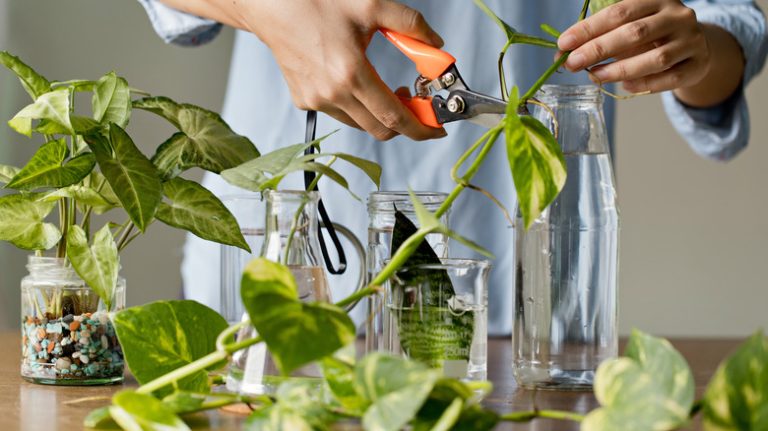Whether you use it for baking delicious desserts or making homemade cleaning products, baking soda is a common household staple. The additive is responsible for making baked goods fluffy and disintegrating tough stains. However, sodium bicarbonate has another helpful use, as it can also repel common critters that may be infiltrating your home and garden. For some pests, this powder is lethal, while for others, it is merely a deterrent. If your garden or home is overrun by a specific type of critter, discover if baking soda could be an effective repellent and how to use it to keep them out of your space.
If you use this powder in the garden, be cautious when mixing it with water and applying it around plants. This is because the solution can change the soil’s pH level, making it too alkaline for some species. However, the compound typically won’t harm your outdoor space if you use a small amount. In fact, several garden plants can actually benefit from a little bit of baking soda. The household ingredient will rid your greenery and home of unwanted pests in a safe and user-friendly fashion, as baking soda is an effective alternative to toxic pesticides. According to PetMD, it is also safe for children and pets, as it only causes concern when ingested in large amounts, and you won’t be using such quantities with these hacks.
Centipedes
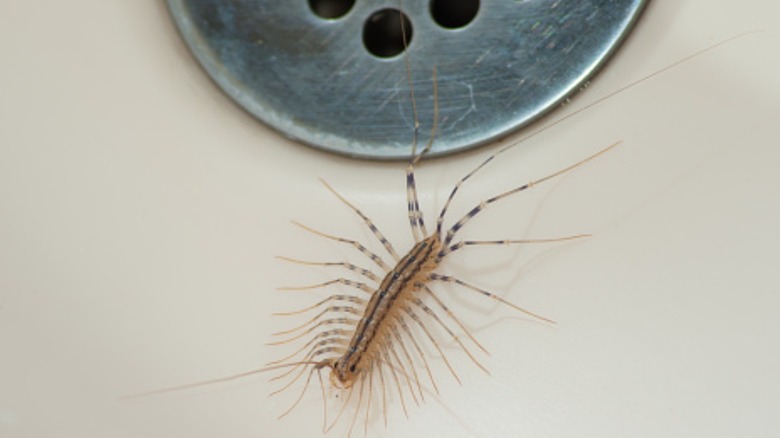
Centipedes are attracted to damp, hidden places like drains and piles of leaves. Because of this, they may be found lurking in your shower or sink. Sprinkling baking soda on carpets before vacuuming can eliminate the excess moisture in your home that attracts these leggy critters. If they are crawling through your pipes, you’ll need ½ a cup of baking soda and 1 cup of white vinegar. Pour these two household items down the drain separately, and as they combine, the mixture will release carbon dioxide that eliminates the centipedes.
Hornworms
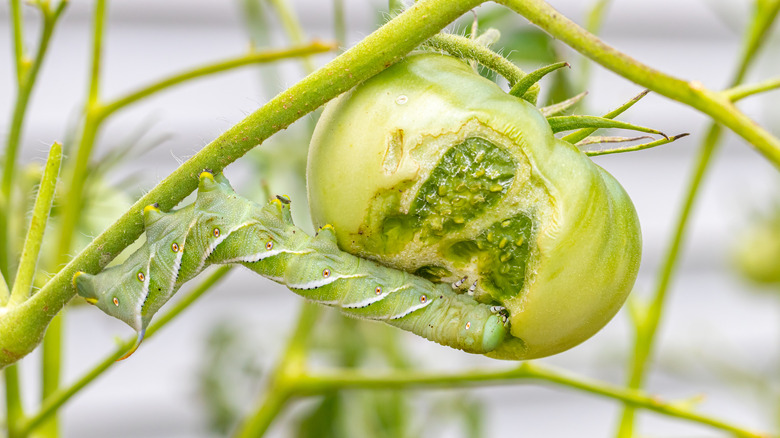
Hornworms love to snack on leafy greens, so your garden vegetables are not safe from these herbivores. To get rid of these pests, you can dust baking soda directly onto their bodies or the eggs to kill them. A mixture of equal parts flour and baking soda also creates a deadly snack that you can sprinkle around your yard to repel these worms.
Mice and rats
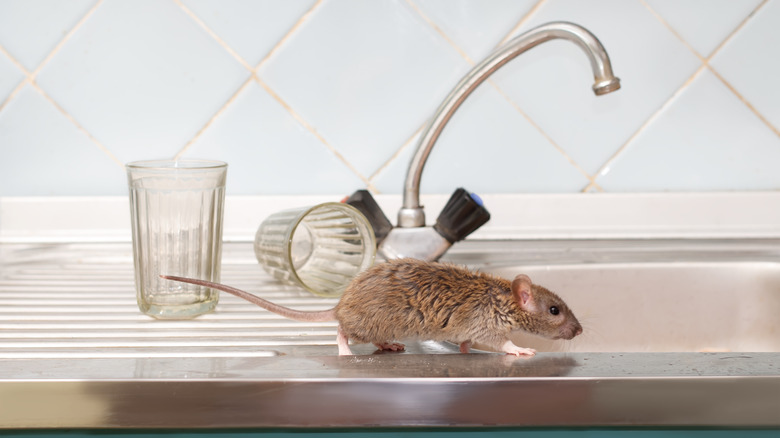
Tenra/Getty Images
If they ingest it, baking soda is deadly to mice and rats. The sodium bicarbonate creates a gas build-up in the rodent’s body that they can’t relieve. You’ll need to mix the baking soda with a sugary substance to entice the critters to your poisonous buffet. Mix equal amounts baking soda, sugar, and flour or cornmeal in a container, then add water and make the mixture into snack balls. Leave the snacks near dark places where the mice like to hide. However, if you’d rather simply deter them, there are also many ways to humanely get rid of mice.
Cabbage worms
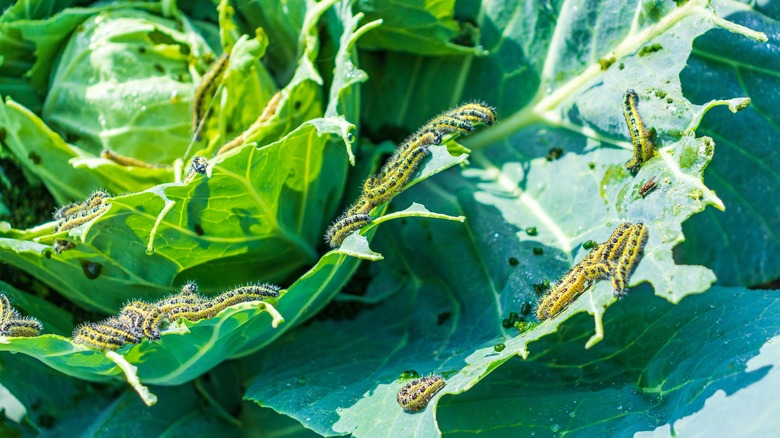
olgadiukareva/Shutterstock
Equal parts flour and baking soda is the winning combination to free your crops from cabbage worms. Plants in the Brassica family like broccoli and cauliflower are delectable to the cabbage worms, who will leave your greens with several missing bites. However, you only need to dust the vegetables with the powder to keep the worms away. Within two days, the crops should be pest-free.
Fleas
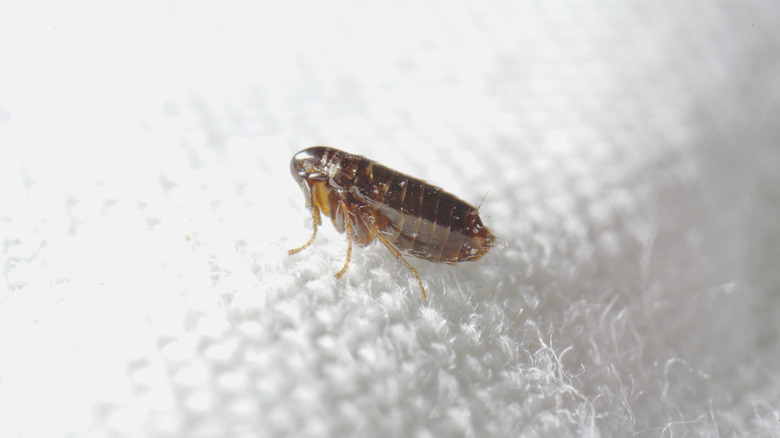
S.rohrlach/Getty Images
Baking soda is one of the best ways to get rid of fleas in your home. It dehydrates the insects, making the compound a natural pesticide, but you’ll also need table salt to carry the sodium bicarbonate into the flea’s body. An equal mix of both will do the trick. Just pour the powder onto the flea-ridden surface, like the rug, to kill them. Let the salty baking soda sit overnight before vacuuming or sweeping up the debris.
Cockroaches
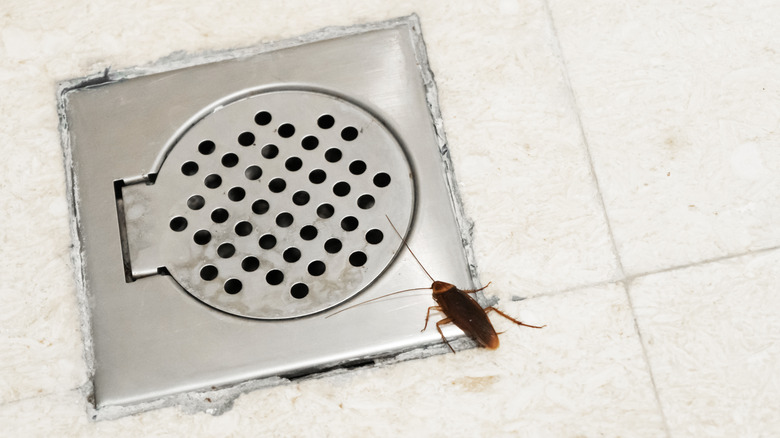
Try_my_best/Shutterstock
Cockroaches have no trouble invading your yard and home. They love dark, damp areas — but they hate baking soda. You’ll need sugar to turn the sodium powder into an effective repellent. Mix 2 tablespoons of sugar and baking soda together before adding water to turn it into a paste, then leave the sweet pulp where the roaches are frequently spotted. The sugar will lure them in and the baking soda will wreak havoc on their digestive system.
Snails and slugs
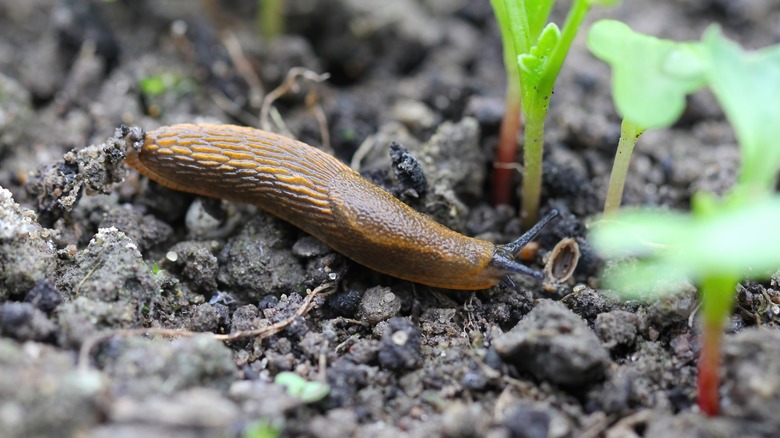
Tomasz Klejdysz/Shutterstock
Baking soda is fatal to snails and slugs, as the powder dries out their slimy bodies. You can create a border around your garden to deter these pests from entering or terminate their party by sprinkling baking soda directly onto them. Instinctively, they may retreat into their shell; if so, you can add a pinch of the powder into the armor’s opening. However, if you don’t want to kill them, try another method to keep snails and slugs out of your garden.
Ants
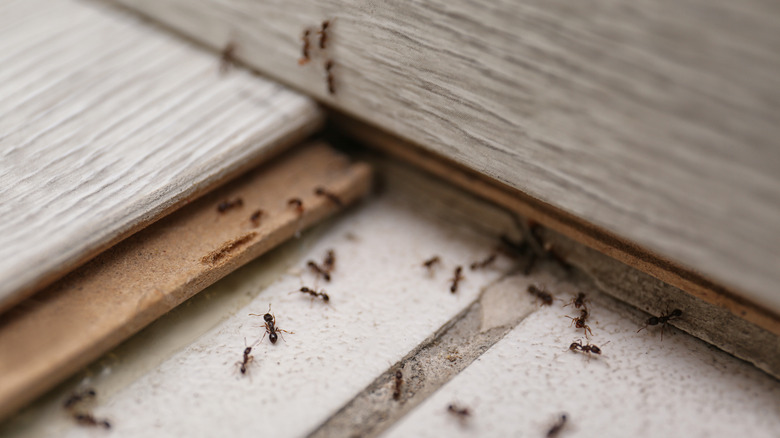
New Africa/Shutterstock
If ants are ruining your picnic, baking soda is all you need to keep them out. Create a trail with the powder around doorways and windowsills to make a barrier the ants won’t cross. You can also turn the baking soda into a lethal mixture by adding powdered sugar. Like with cockroaches, the sweetness of the sugar will draw the critters in, while the baking soda will take them out.
Silverfish
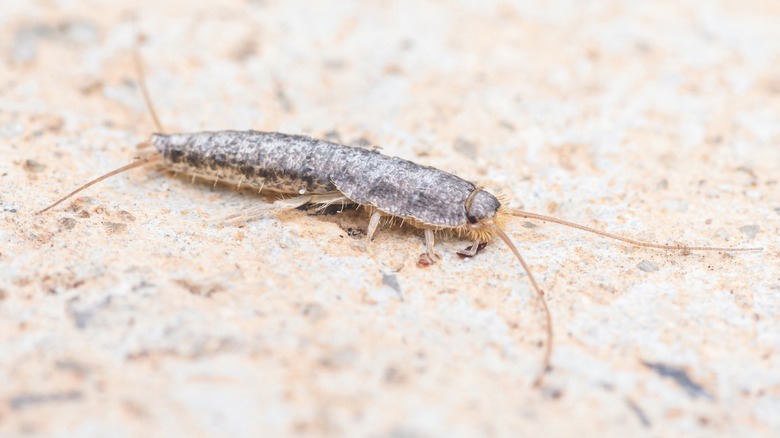
NuayLub/Shutterstock
Baking soda is a natural silverfish repellent. Use it to dry out wet areas near drains or rocks that attract the insects. For your garden, sift an even layer of baking soda on the soil to keep the critters at bay. In your home, sprinkle it on the carpet and floors before vacuuming to dehydrate their eggs or to remove any moisture that may be luring the creatures into your space.
Rabbits
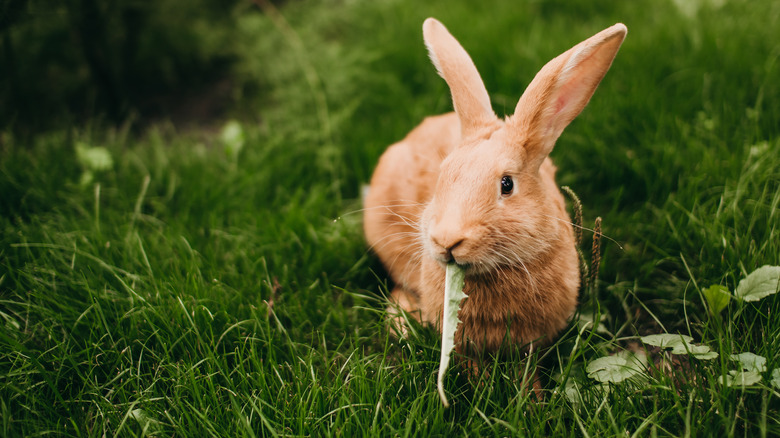
LL_studio/Shutterstock
While rabbits are adorable sights, they are known to rummage through gardens and pick at greens, flowers, produce, and bark. However, these fluffy animals are not a fan of the taste of baking soda. Creating an outline of sodium bicarbonate around the plants that rabbits favor will keep the critters away. You’ll need to reapply the powder after every rainfall, but you’ll have an all-natural bunny repellent that doesn’t harm the mammals.

